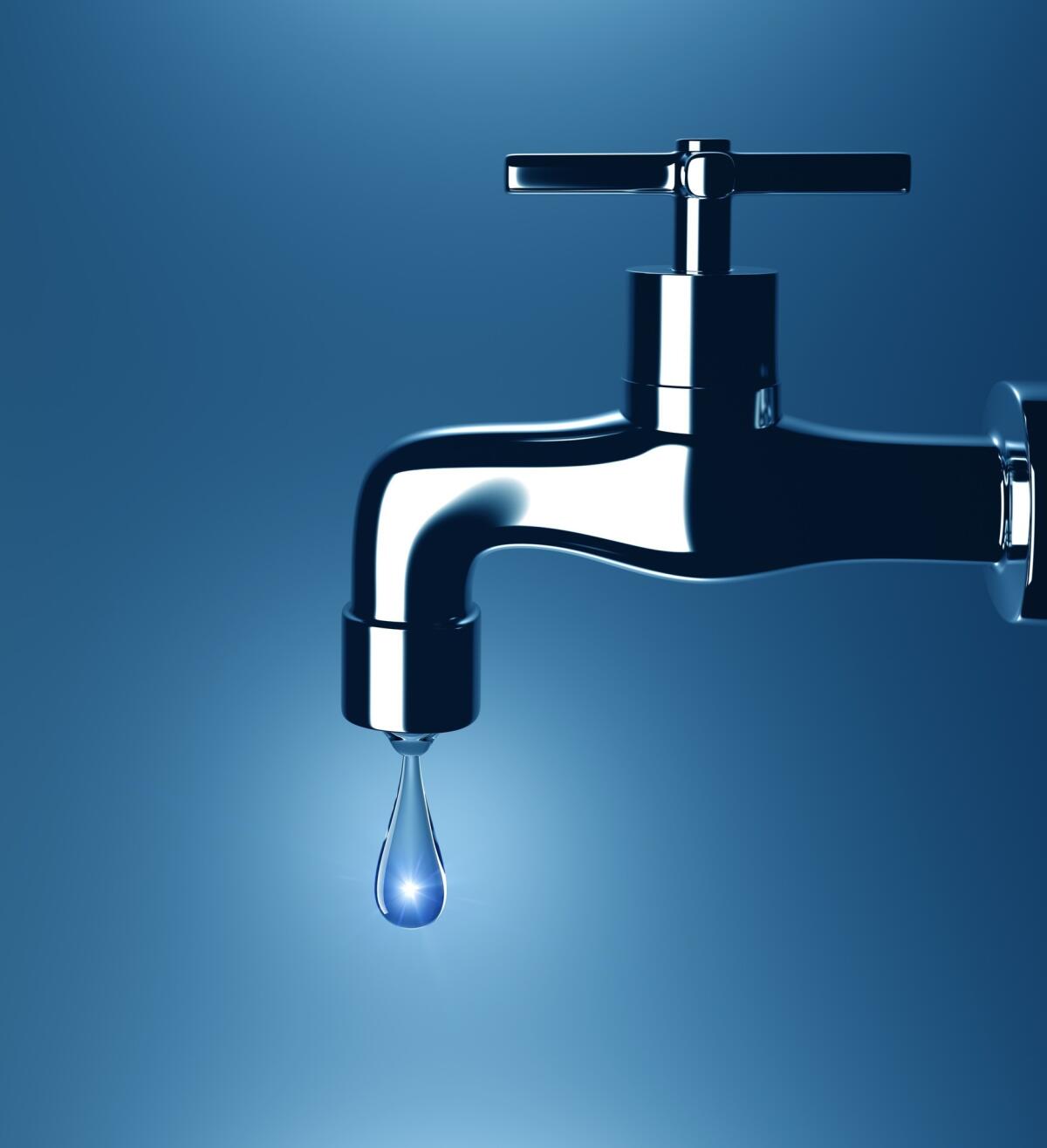Editorial: After COVID-19 ends, will Californians go thirsty?

- Share via
In the midst of drought yet again, and two decades into the 21st century, California continues to operate with a water infrastructure engineered and constructed for 20th century climate conditions and populations. That’s true not only of the state’s physical network of dams and aqueducts, but of its legal and financial infrastructure as well — the pricing rules that allocate the state’s precious liquid resources among its 40 million thirsty people. The coronavirus emergency has highlighted some of the most serious stresses in the system.
Even before the pandemic, California water was simultaneously too cheap and too expensive. Too cheap, because rates for too long failed to adequately reflect the maintenance and replacement costs for delivery systems that were built in an earlier era and are now decaying. They also failed to account for the increasing weather volatility of a warming planet.
Too expensive, because as utilities finally began to recoup those costs, water for drinking and bathing (and flushing) became less affordable for residents already struggling with the rising costs of housing, healthcare and transportation. Nationwide since 2012, prices charged to residents for water rose 31% above the pace of inflation. The increase in California has been even higher — as much as 45%.
Meanwhile, a new state law in 2012 recognized a human right to “safe, clean, affordable, and accessible water” — enough for drinking, cooking and sanitary purposes. It was an appropriate and humane law, but guaranteeing access to a scarce resource necessarily implies cost-shifting, with those who can afford it paying more to subsidize a basic supply to those who otherwise could not.
Private utilities (and their regulators) long ago figured out how to accommodate the tension between need and ability to pay. Gas and electric companies provide “lifeline” supplies and tiered pricing to meet basic individual needs at below-market rates, and cover the costs by charging slightly higher rates to other consumers. That would seem to be the logical solution for water, which is even more basic to individual human survival than electric or gas power, and even more essential to public health — especially during a pandemic, when hand washing and adequate personal sanitation can make the difference between control and further spread of a potentially fatal disease.
Yet California’s public water utilities can’t adequately respond with rate structures the way their investor-owned counterparts do. Their flexibility is limited by Proposition 218, a 1996 constitutional amendment that increases voter power over taxes. A court interpreted the measure in 2015 to prohibit local governments from charging consumers more for water than it costs to provide it to them. Because of that ruling, there is now serious doubt as to whether large water users can legally be charged even slightly higher rates to provide lifeline supplies to impoverished residents, or to otherwise make good on the state’s declaration of access to water as a human right (some public utilities that provide both water and power do provide lifeline supplies for both).
Multiple layers of government responded to the COVID-19 crisis with moratoriums on utility shutoffs, so for the present no one has had water cut off, even if the pandemic and resulting economic shutdown have left consumers with little ability to pay.
But like the parallel moratoriums on tenant evictions, the relief is temporary, and the debts continue to accrue. And like the financial stress on landlords who are not collecting rent, water agencies are likewise in trouble. That ought to be a subject of even more public concern than the landlords’ problem, because most water agencies are public utilities and, therefore, public assets.
One obvious solution would be to modify California’s antiquated legal infrastructure to allow water lifeline programs, as other states do. But the prospect of such a change in California dimmed significantly last month, when voters rejected a modification of the landmark property tax measure, Proposition 13, and in so doing signaled little appetite — even amid heightened awareness of societal inequity — for loosening tax and fee restrictions.
Accordingly, lawmakers need to work quickly to ensure basic water supplies to Californians after the shut-off moratoriums expire.
One model is the state’s Safe and Affordable Drinking Water Fund, which builds upon laws signed last year to connect perhaps a million Californians to clean water who previously relied on contaminated groundwater. A similar fund — or perhaps the same one — may be needed to help households pay off their accruing water bill debts, and to underwrite on an ongoing basis lifeline supplies to residents who otherwise could not afford water. Such a move of course would put additional pressure on the state budget. But as the coronavirus has demonstrated, such costs may be necessary to preserve public health.
More to Read
A cure for the common opinion
Get thought-provoking perspectives with our weekly newsletter.
You may occasionally receive promotional content from the Los Angeles Times.










